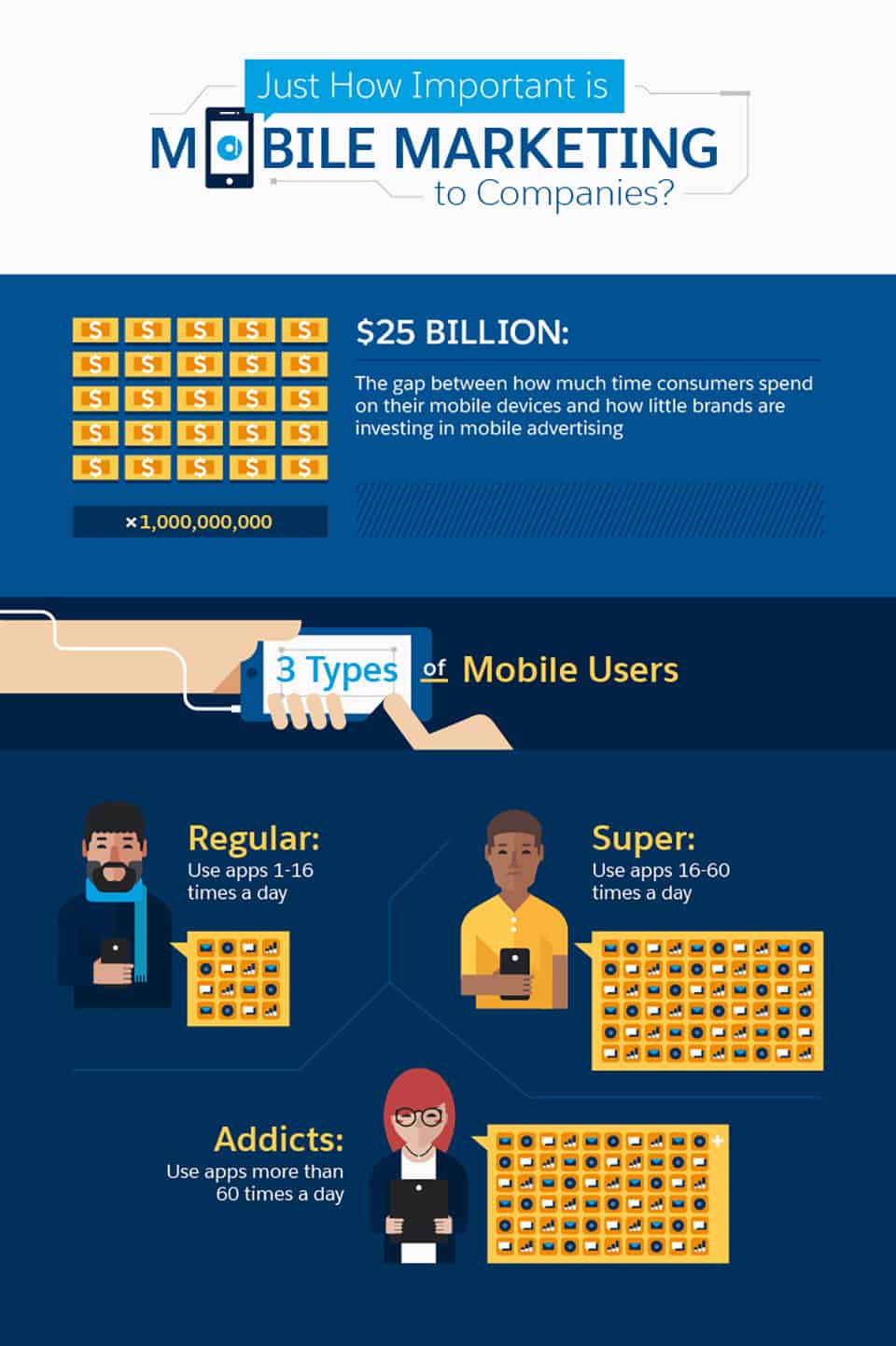How to Start Generating Leads for Your B2B Company
*Editor’s Note: The views & opinions expressed in any guest post on our site are those of the guest author and do not necessarily reflect the opinions and views of Lead Liaison.
The impact of this “how-to” post can go either way — you resolve to “suspend” ties with your lead generation partner, or you stick to buying your sales leads from outside sources. While the former would be the more ideal action response, ultimately, your choice will depend on whether or not you are sold on the idea of generating leads on your own. You might be holding back from inbound lead generation because you think it’s too complicated of a process, unlike the easy way out you conveniently choose in buying leads.
But, just like anything else, there’s a simpler and easier way to running a lead generation quest if you have the proper know-how. This post will guide you to:
- Set up a lead generating website
- Incorporate a variety of strategies for generating leads
- Simplify your lead generation efforts across platforms
Why Generate Your Own Leads?
Suppose you’re a Christmas tree manufacturer who, for the longest time, has relied on lead sellers for your marketing program. It might have worked in years past, but since a lot has changed in the marketing dynamics, you’d do well these days to be more active rather than passive in generating leads.
It’s very easy to see, for example, how direct mail marketing pales in comparison to joining trade shows to showcase your holiday-inspired product line for homes and offices to potential buyers. Instead of looking for customers, customers can find you where and when they need to. In such opportunities, you get more chances to introduce your product, generate instant feedback, and attract sales. It couldn’t get any better than that.
The Lead Generating Website
The phenomenal power of the internet as an information gathering and sharing tool is very well pronounced in the grand scheme of B2B marketing. At any given day, you will find people turning to online search more and more, looking for information, ideas, or solutions that suit their needs. That’s why it’s important that you design your website in such a way that it attracts visitors who will eventually turn into a lead.
Here’s how to develop a lead generating website for your business:
- Attract your target. A buyer-seller relationship all starts with attraction. You want people to visit your site so they would know what you can offer them. To attract people’s attention, you need to build on your content, and you can do this in so many ways. Write blog posts. Create video presentations. Supply an infographic. Include testimonials and photos. The kind of content you offer will depend on your product or service, but the main takeaway is to craft your content with keywords that match what customers are looking for in their online search, putting a good amount of research in the mix as well.
- Suit up for your buyer persona. At this stage, you’re starting to get traffic on your website, and you don’t want to lose those page views, especially the ones from your ideal buyer persona. You’ll then need to engage them more by catering to their needs and giving them valuable offers, whether it’s research data, a discount, a product review or guide, e-newsletters, a free trial, or a no-strings-attached type of consultation. This kind of engagement works both ways: you are allowing your site visitors to know your identity, and at the same time, getting them to reveal more about their buying preferences. Then, you can match your selling process to their own buying process.
- Start converting. By this time, your visitors are filling out forms and registering on your website. These indicate that you have just found a lead. Then again, you have to keep moving forward to make sure they actually convert into buyers. This is where optimization of each phase in your lead generation process comes in, and all of that can happen right on your website! These are the regular mainstays in your lead generation process:
- CTAs are an essential tool in generating leads from your blog posts, not to mention, an easy way to connect better with your audience. CTA types include:
- Smart CTAs, the ones you usually find at the bottom page;
- Social CTAs, these are links to your company’s social media accounts;
- Blog subscription CTAs, for readers interested in your content;
- Comment CTAs, giving you insights about what readers think;
- Slide-in CTAs, which are less intrusive than pop-up CTAs;
- In-line CTAs, written links that lead to a related blog post; and
- Sidebar CTAs, which may not necessarily connect to your blog post such as an invite to drop by your booth in the holiday trade show example cited at the beginning of this post.
- Landing pages are the final contact points with your guests, where they fill out a form to possibly avail of your offer. So the more landing pages your website has, the greater the number of leads you can get. If you want more generic leads, use short forms to make them easier to fill out. On the other hand, if you want more quality leads, use long forms to ask more information about what your customers need.
- Thank-you pages allow you one more opportunity to upsell offers that are related to what your visitors just signed up for. Of course, it goes without saying that customers appreciate genuine messages of thanks for checking out your site.
With this guide, hopefully, you’re on your way to generating your own leads than buying them. Sure, it’s a long way ahead, but now is the best time to start while you’re still at it.
Guest Post Bio:
Johanna Rivard, PureB2B’s Executive Vice President, is a two-decade veteran of the online publishing, B2B demand generation, and technology media markets.












